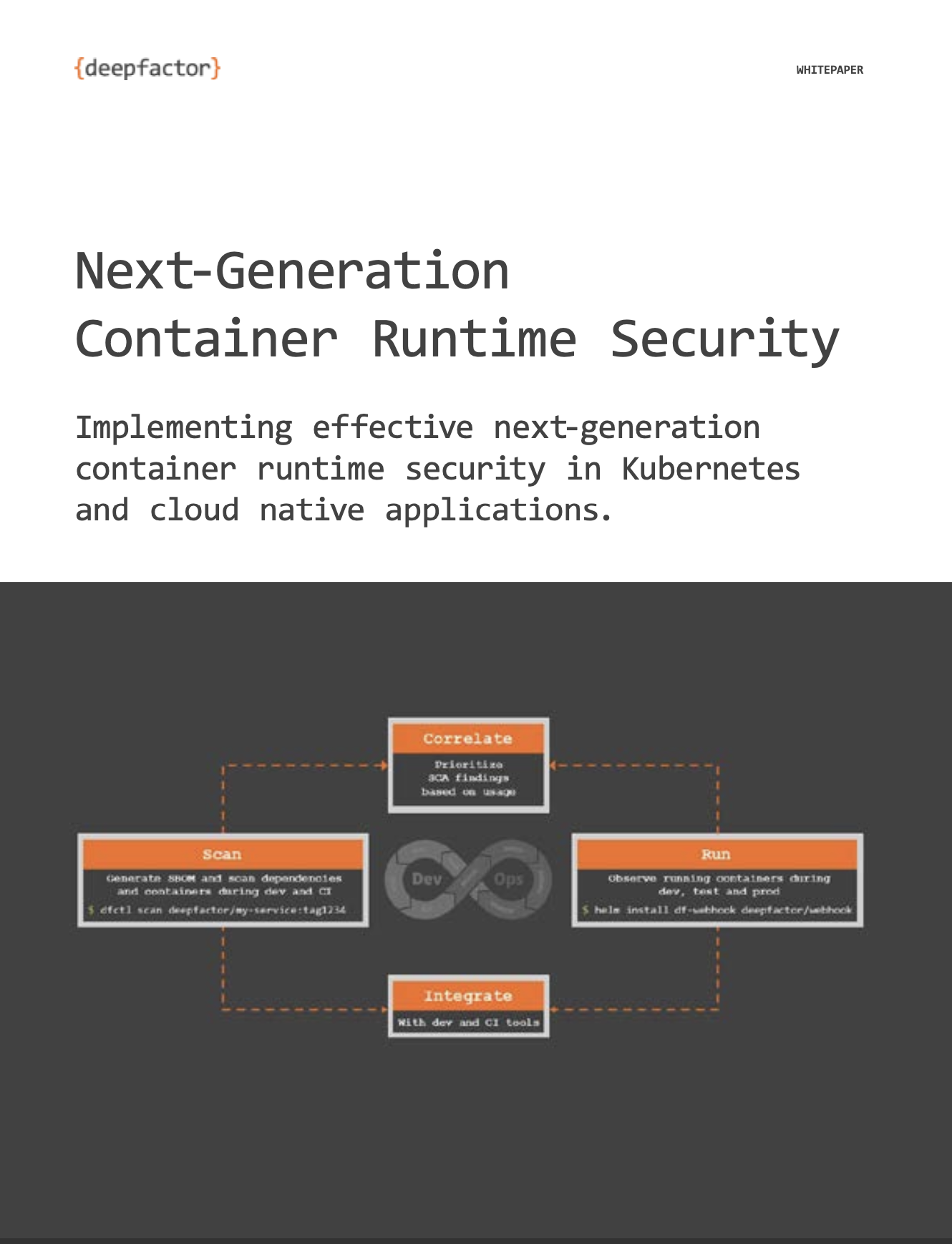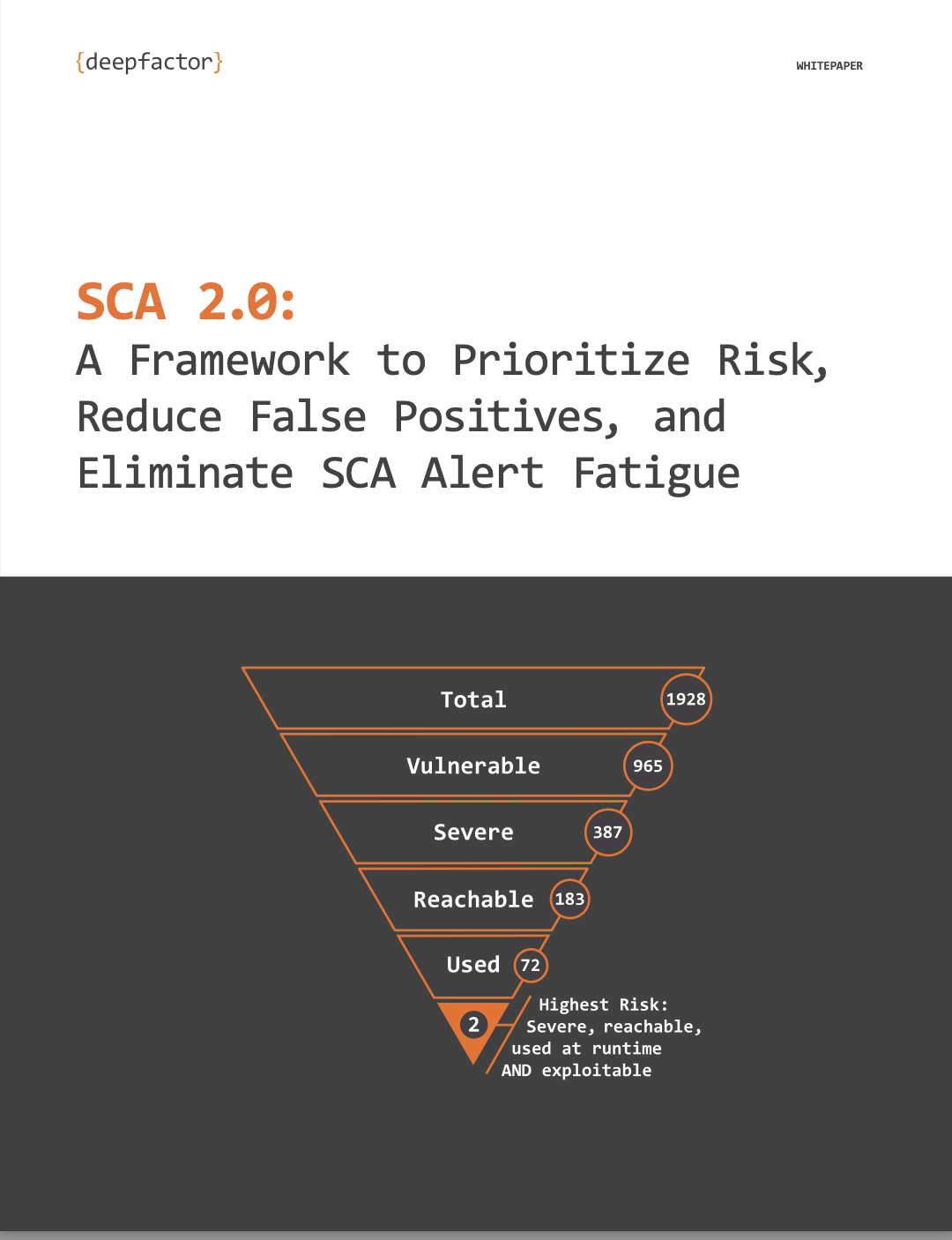What is OWASP?
As software security becomes increasingly critical, organizations increasingly rely on the Open Web Application Security Project (OWASP) to guide their practices. OWASP, a non-profit organization, focuses on improving software security by providing resources, tools, and community support. Its open, collaborative approach has made the Open Web Application Security Project a pillar in application security, offering valuable insights and practical solutions to professionals and developers worldwide.
OWASP aims to promote secure software development through research, education, and community engagement. Operating globally, it involves a diverse range of professionals dedicated to enhancing application security. OWASP’s mission is to make software security visible, enabling individuals and organizations to make informed decisions about true software security risks. This visibility is crucial in an era of evolving cyber threats and expanding application attack surfaces.
What OWASP Offers
OWASP is best known for its flagship project, the OWASP Top 10, which identifies the most critical security risks to web applications. This list serves as a benchmark for developers and organizations to prioritize their security efforts. The the Open Web Application Security Project Top 10 is updated regularly to reflect the latest threats and vulnerabilities, making it an essential resource for anyone involved in software development. Alongside the Top 10, the Open Web Application Security Project provides a variety of tools and resources, such as the OWASP Zed Attack Proxy (ZAP), an open-source tool used for finding security vulnerabilities in web applications. ZAP is particularly popular because it’s both powerful and easy to use, making it accessible to all levels of security professionals.
The organization’s scope extends beyond just identifying risks; it offers practical solutions to mitigate them. OWASP projects cover a broad spectrum, from static analysis tools to dynamic testing frameworks, helping developers integrate security into every phase of the software development lifecycle. For example, the OWASP Dependency-Check project helps identify vulnerabilities in third-party libraries, a common vector for attacks. Similarly, the OWASP Security Knowledge Framework provides developers with the knowledge they need to build secure applications from the ground up.
The OWASP Community
OWASP’s community and events play a crucial role in its mission. With local chapters and regional conferences, OWASP fosters a collaborative environment where security professionals can share knowledge, discuss new threats, and develop innovative solutions. These events provide networking opportunities and hands-on experiences, helping professionals stay ahead in the fast-evolving field of software security. The OWASP Global AppSec conferences, held in various locations around the world, are among the most significant events in the application security calendar, attracting thousands of attendees each year.
The standards and guidelines provided by OWASP, such as the OWASP Application Security Verification Standard (ASVS) and the OWASP Secure Coding Practices, offer comprehensive frameworks for developing and maintaining secure applications. These guidelines help organizations adhere to industry best practices and regulatory requirements, ensuring a robust security posture. The ASVS, for instance, provides a checklist of security requirements that can be used to design, develop, and test secure applications. This helps organizations not only protect their applications but also demonstrate their commitment to security to customers and regulators.
OWASP’s Key Benefits
OWASP provides numerous benefits essential for enhancing software security. Its resources are designed to address the dynamic and evolving nature of security threats in modern applications. The OWASP Top 10, for instance, serves as a starting point for many organizations, helping them focus their security efforts on the most impactful issues. Additionally, tools like OWASP ZAP enable real-time threat detection and vulnerability management, empowering security teams to identify and mitigate risks promptly.
OWASP also plays a vital role in regulatory compliance. By providing detailed guidelines and best practices, OWASP helps organizations adhere to standards such as PCI-DSS, NIST, and ISO. This ensures that applications are developed and maintained in compliance with industry-specific security requirements. For instance, PCI-DSS compliance is crucial for any organization handling payment card information, and OWASP resources can help these organizations meet the stringent security requirements imposed by this standard.
OWASP places heavy emphasis on community and collaboration. The open nature of OWASP projects encourages contributions from a wide range of security professionals, developers, and researchers. This collaborative approach not only enhances the quality and relevance of OWASP resources but also fosters a sense of shared responsibility for improving software security. The OWASP Slack channel, mailing lists, and GitHub repositories are active forums where members can ask questions, share insights, and contribute to ongoing projects.
Challenges and Considerations
Implementing OWASP guidelines and tools can pose challenges. Integrating these practices into existing development workflows may require significant changes and collaboration between development and security teams. Balancing security requirements with the need for rapid development and deployment is another critical consideration. In many organizations, security is seen as a bottleneck that can slow down the development process. However, OWASP promotes the integration of security into the development lifecycle (often referred to as DevSecOps) to ensure that security is built into applications from the start, rather than being added as an afterthought.
Ensuring that security controls align with the speed and scale of modern applications is essential. This requires adopting DevSecOps principles and integrating security seamlessly into the development pipeline. Additionally, compatibility with various development environments and tools is crucial for effective implementation. For example, the OWASP DevSlop project provides a set of DevSecOps tools and practices that can help organizations integrate security into their CI/CD pipelines without compromising on speed or efficiency.
Another challenge is the constantly evolving nature of security threats. What is considered a best practice today may be obsolete tomorrow as new vulnerabilities are discovered and new attack vectors emerge. This means that organizations need to be proactive in staying up-to-date with the latest developments in application security. OWASP helps in this regard by continually updating its resources and providing platforms for ongoing education and collaboration. The OWASP Top 10, for instance, is updated every few years to reflect the latest trends and threats in the security landscape.
Conclusion
OWASP plays a pivotal role in advancing software security. Through its comprehensive resources, tools, and community engagement, it provides a robust framework for addressing security challenges throughout the application lifecycle. The benefits of OWASP are numerous, from real-time threat detection and vulnerability management to regulatory compliance and community collaboration.
However, the implementation of guidelines and tools can have its challenges. Organizations must navigate complexities related to integration, compatibility, and maintaining development agility. By adopting a holistic approach to software security, leveraging OWASP’s resources, and fostering collaboration between development and security teams, organizations can effectively mitigate security risks and ensure the resilience of their applications in today’s dynamic digital landscape. OWASP’s contribution to software security is indispensable, providing the tools and knowledge necessary to safeguard applications against emerging threats.
OWASP is more than just a repository of security guidelines and tools; it’s a vibrant community of professionals dedicated to making software security accessible and achievable for all. By embracing OWASP’s principles and resources, organizations can not only enhance their security posture but also contribute to a safer and more secure internet for everyone. Whether you’re a developer, security professional, or business leader, OWASP offers valuable resources and insights that can help you navigate the complex and ever-changing landscape of application security.
FAQs
-
What is OWASP and its primary mission?
- The Open Web Application Security Project (OWASP) is a non-profit organization focused on improving software security. Its mission is to make software security visible, enabling individuals and organizations to make informed decisions about true software security risks.
-
What is the OWASP Top 10, and why is it important?
- The OWASP Top 10 is a list of the most critical security risks to web applications. It serves as a benchmark for developers and organizations to prioritize their security efforts and is updated regularly to reflect the latest threats and vulnerabilities.
-
How does OWASP support the application security community?
- OWASP supports the application security community through local chapters, regional conferences, and global events like the OWASP Global AppSec conferences. These forums provide networking opportunities, hands-on experiences, and platforms for sharing knowledge and developing innovative security solutions.
-
What are some key tools and projects provided by OWASP?
- Key tools and projects provided by OWASP include the Zed Attack Proxy (ZAP) for finding security vulnerabilities in web applications, the Dependency-Check for identifying vulnerabilities in third-party libraries, and the Security Knowledge Framework for guiding developers in building secure applications.
Free Demo Signup
Experience the power and efficiency of the Deepfactor Application Security Platform through a live, interactive demo.
SIGN UP TODAY! >



